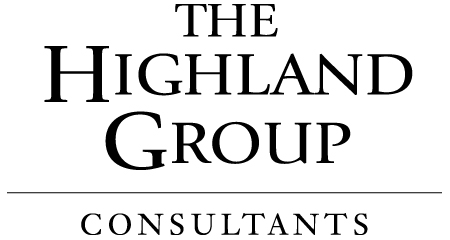Oil & Gas Maintenance
SITUATION
Northern Canadian oil sands mining company needed help to assess its Maintenance operation and improve budget attainment through cost reductions and increased productivity.
DRIVER GOAL
- Increase Maintenance contractor productivity by 25% while decreasing maintenance costs.
RESULT
- Achieved 24% reduction in overtime costs.
- Achieved 41% improvement in budget attainment.
- Reduced permit field authorization cycle time by 50%.

Case Study
Reduce Maintenance Costs Through Improved Execution
Issue
A Northern Canadian oil sands mining company enlisted The Highland Group to critically assess its Maintenance operation and improve budget attainment through cost reductions and increased productivity.
Highland Approach
Following a thorough assessment of the current situation, The Highland Group concluded that management needed to gain better control of contractor maintenance execution (which had run 90% over budget in the previous year). The team designed a multi-dimensional roadmap to achieve the Driver Goal through rigorous application of basic fundamentals: addressing gaps in the management system, assigning ownership and enforcing accountability for performance, and developing performance control at the point of execution.
Actions Taken
The Highland Group partnered with client teams to develop and install an integrated System For Managing. New processes, metrics, and behaviors established accountabilities for meeting budgets and schedules, driving productivity to new levels and ultimately reducing total Maintenance costs. The System included:
- Optimization of shift and work schedules through effective planning and scheduling.
- Redesign of the permit process and start-up procedures, which significantly reduced the permit field authorization cycle time by 34 minutes.
- Installation of a management operations dashboard (balanced scorecard) linking data from multiple systems, comparing actual results to plan at multiple levels on a real-time basis.
- Installation of a short-interval management process, including customized training for over 250 first-line supervisors.









